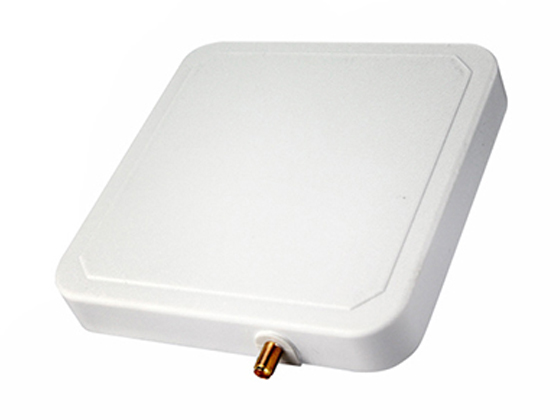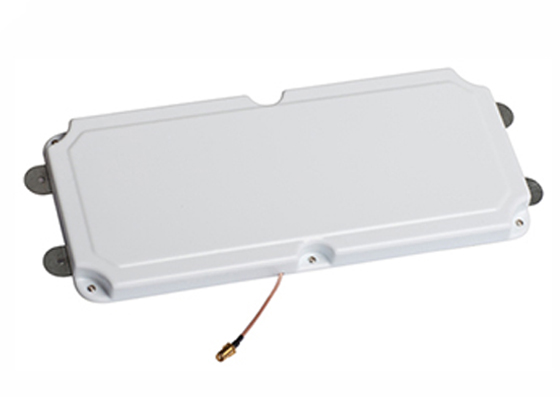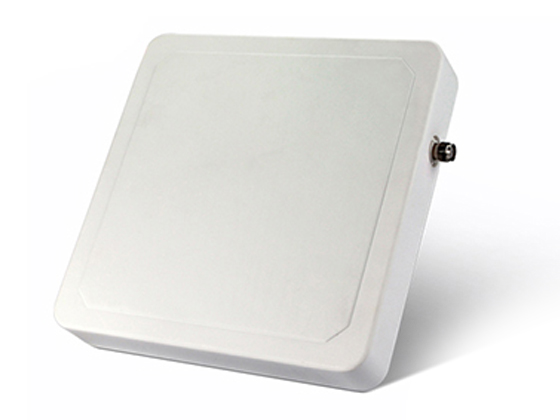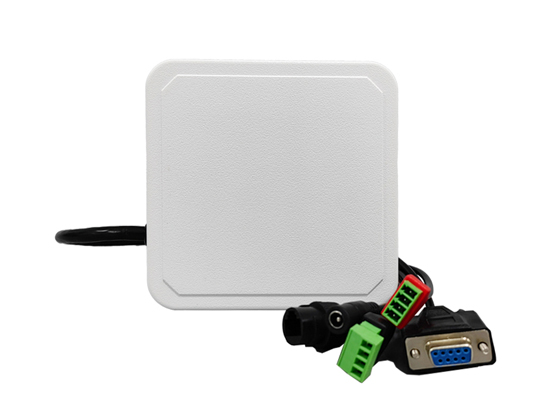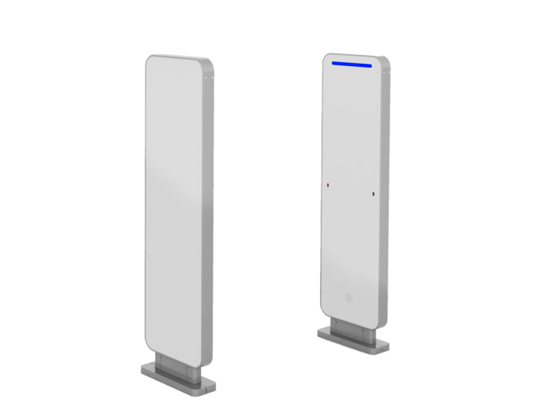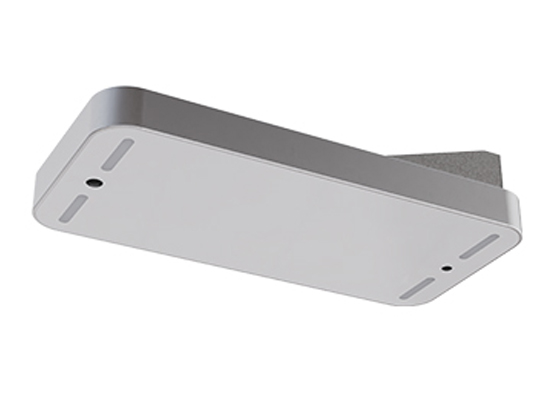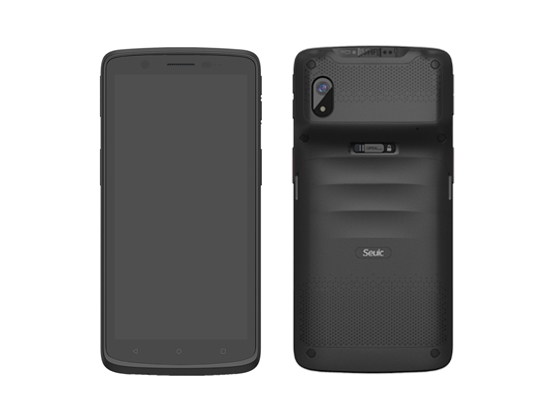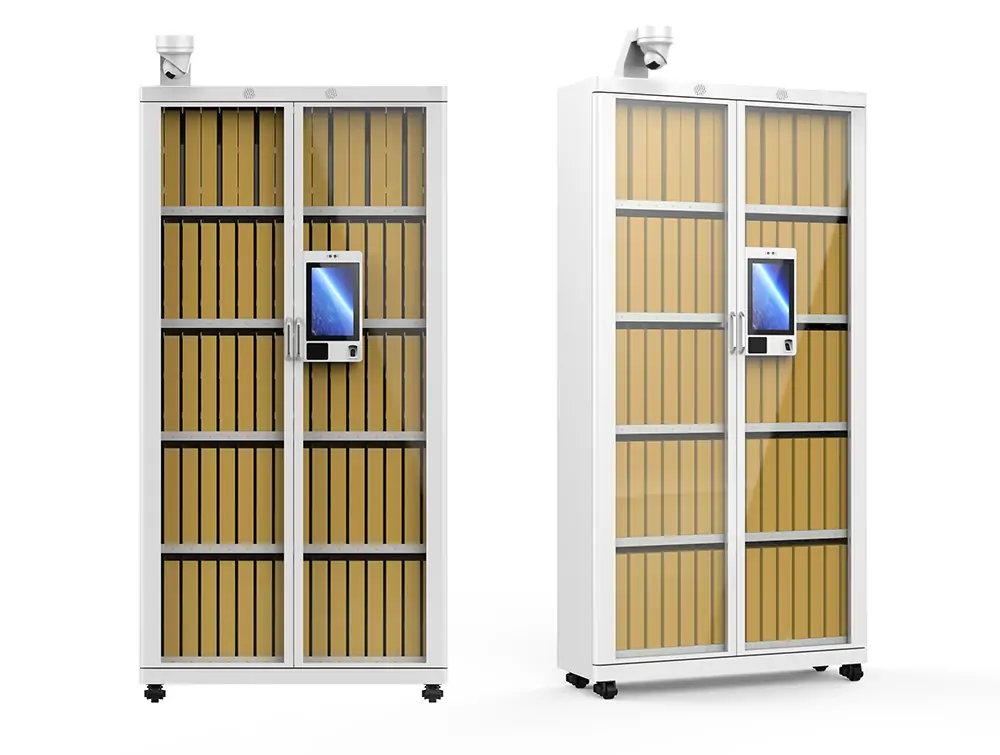In asset management projects, RFID (Radio Frequency Identification) technology has gradually become an important tool to improve management efficiency and reduce management costs with its efficient, accurate and automated characteristics. As the core component of RFID technology, the selection of RFID tags is directly related to the performance and effect of the entire asset management system. This paper will discuss the selection strategy of RFID electronic tags in asset management projects, including technical characteristics, material selection, chip performance, size and shape, protection level and cost effectiveness.
First, RFID technology introduction
RFID technology is a technology that uses radio frequency signals to realize contactless information transmission through spatial coupling to achieve identification purposes. It is composed of RFID tag (also known as electronic tag), RFID reader and application system. The RFID tag is attached to the target object, and the reader communicates with the tag by transmitting radio frequency signals, so as to read or write the information in the tag.
Second, RFID application advantages in asset management
Efficiency: RFID technology can achieve rapid batch identification, greatly improving the efficiency of asset inventory and management.
Accuracy: Reduce human error and ensure the accuracy of asset information through automated data collection.
Real-time: Realize real-time monitoring of asset usage status and location to improve management accuracy.
Security: Combined with intelligent access control system, effectively prevent asset loss and illegal movement.
Third, RFID electronic label selection strategy
1)Analysis of technical characteristics
In asset management projects, the selection of RFID electronic tags must first consider its technical characteristics. Ultra-high frequency (UHF) RFID tags are the first choice in asset management because of their long-range reading, rapid identification and batch processing capabilities. Uhf RFID tags can achieve fast reading at a long distance, which is suitable for asset management in large-scale warehouses, factories and other scenarios.
2)material selection
The material of the RFID tag has a direct impact on its durability and reading performance. Common materials include PET, PVC, metal resistant materials and so on.
PET and PVC material: suitable for general fixed assets, such as office equipment, furniture, etc. These materials are low cost, flexible and easy to attach to a variety of surfaces.
Metal-resistant material: For metal assets, such as machinery and equipment, metal shelves, etc., should choose a metal-resistant material label. These labels can effectively avoid metal interference to the RF signal and ensure stable reading performance.
3)chip performance considerations
The chip is the core component of RFID electronic tag, and its performance directly determines the memory capacity, response speed and power consumption of the tag.
Storage capacity: Select an appropriate storage capacity based on asset management requirements to store asset information.
Response speed: The fast response chip can complete the transmission and processing of data in a short time, improving the reading efficiency.
Low power consumption: Low power chips help extend the life of the label and reduce the frequency of replacement.
4) Size and shape design
The size and shape of the RFID tag should be determined according to the characteristics of the fixed asset.
Small assets: You can choose a small label that does not affect the appearance and use of the asset.
Large assets: Choose labels that are larger in size so that they are easier to identify and read.
Diversified shapes: The label shapes can be customized according to the surface shape of the asset, such as round, square, oval, etc., to improve recognition efficiency.
5) Evaluation of protection level
Fixed assets that work in harsh environments, such as high temperature, humidity, and dusty places, need to choose RFID electronic tags with high protection levels.
Waterproof and dust-proof: Ensure that the label works properly in a humid and dusty environment.
High temperature resistance: suitable for asset management in high temperature environment.
Acid and alkali resistance: Enhance the durability of labels in special environments.
6)Cost-benefit analysis
Under the premise of meeting the needs of asset management, it is crucial to choose cost-effective RFID electronic tags. Make an informed choice by comparing product prices, performance and after-sales service from different brands and suppliers. At the same time, consider the long-term use cost and maintenance cost of the label to ensure that the overall investment benefit is maximized.
Fourth, Practical application cases and effect analysis
Case 1: Enterprise fixed assets management
After the introduction of RFID system, an enterprise pasted UHF RFID electronic tags for each computer, server and other equipment. Through the fixed asset management software installed on the RFID handheld terminal, employees can quickly batch read the RFID tags within a certain range of the handheld terminal to achieve intelligent and efficient fixed asset inventory and daily management. The company chose a flexible metal-resistant electronic tag with anti-metal interference capability to ensure the stable reading of the tag on the metal surface. After the implementation, the efficiency of fixed assets inventory of enterprises has been significantly improved, the error rate has been significantly reduced, and the management cost has been effectively controlled.

Case 2: logistics company tracking goods
A logistics company pasted UHF RFID electronic tags on the packaging of goods, and installed RFID readers at key nodes such as warehouses and transport vehicles. By reading label information in real time, logistics companies realize the tracking and monitoring of goods throughout the process, improving logistics efficiency and accuracy. In the selection process, the company fully considered the label reading distance, reading speed and environmental adaptability and other factors, choose stable performance, cost-effective label products. After the implementation, the cargo loss rate of logistics companies has decreased significantly, and customer satisfaction has increased significantly.
The selection of RFID electronic tags in asset management projects is a complex and meticulous process, which needs to consider many factors such as technical characteristics, material selection, chip performance, size and shape, protection level and cost-effectiveness. Through the scientific selection method, enterprises can choose the most suitable RFID electronic tags for their needs, and achieve intelligent, efficient and accurate asset management. In the rapidly changing era of the Internet of Things, constantly optimizing and adjusting the selection strategy and keeping up with the development trend of technology will help enterprises maintain a competitive advantage and promote the continuous innovation and development of the business.






